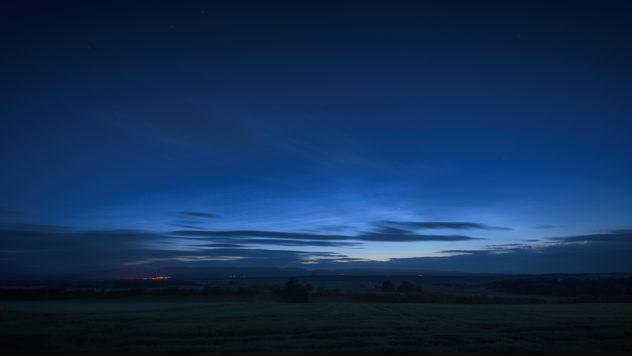Noctilucent (“night-shining”) clouds are the highest in the atmosphere, at around 76-85km altitude. They only appear in the summer months at latitudes from 50-70º (north or south), when the sun is more than 6º below the horizon. Formed in the mesosphere at very cold temperatures from ice, dust and water vapour, their gossamer threads undulate and shimmer in shades of electric blue.
There was a particularly decent display on Friday/Saturday morning – I nipped out and spent a happy hour making the video:
Timelapse: Sony a7r3, Sigma 14-24mm lens, SkyWatcher StarAdventurer tracking mount for rotation
Stills: Fuji X-T4, 16-80 f/4 lens
A selection of the images are available as prints, masks, cards and other products (even socks and jigsaw puzzles!) from my main website: ShinyPhoto: Noctilucent Clouds
